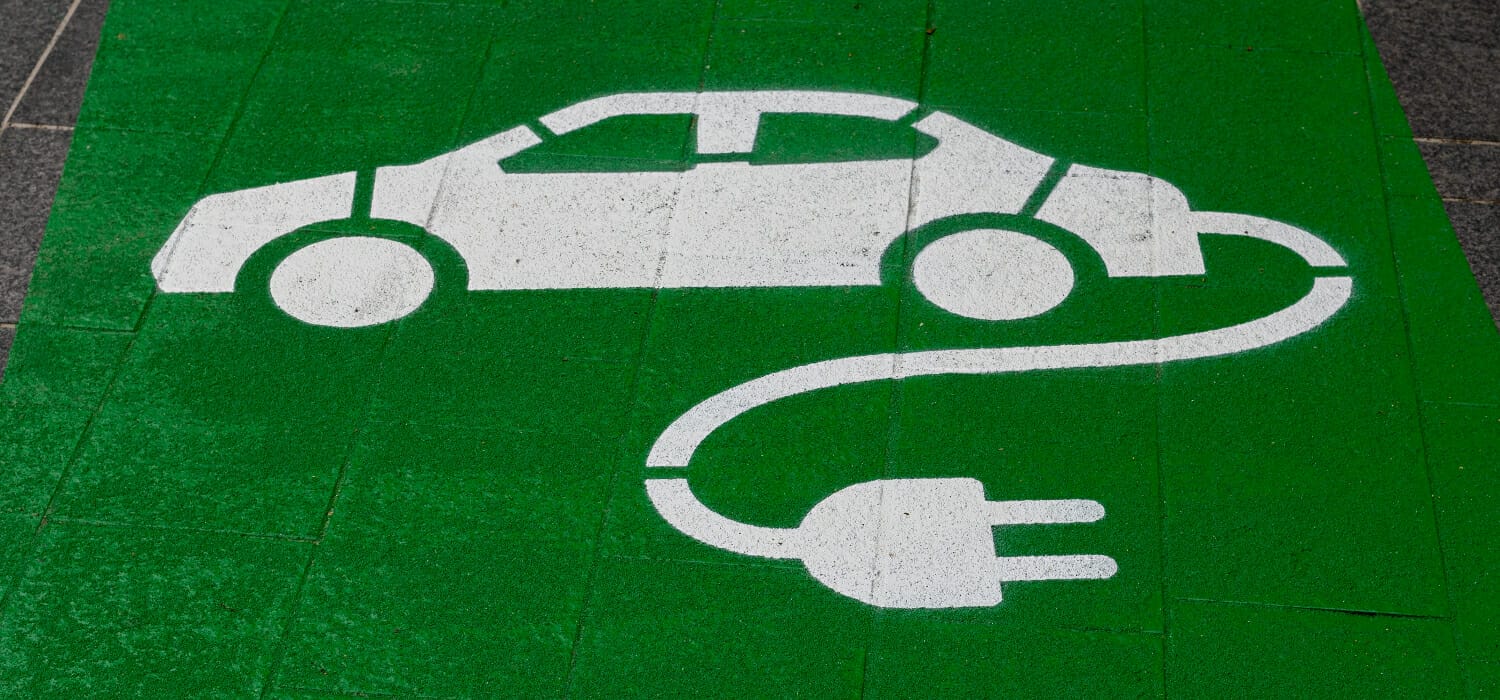
As electric vehicles (EVs) become more affordable and accessible, many businesses are considering fleet electrification to reduce costs and meet sustainability goals. However, fleet electrification requires careful planning and implementation to ensure success.
In this article, we discuss what a good fleet electrification strategy looks like, including the key factors to consider and the benefits of electrifying your fleet.
Benefits of fleet electrification
Before discussing the elements of a good fleet electrification strategy, it is crucial to understand the benefits of switching to EVs. These benefits include:
- Reduced operating costs: EVs have lower maintenance costs and fuel costs compared to traditional vehicles, which can result in significant cost savings for fleet operators.
- Lower emissions: Electric vehicles produce zero emissions while driving, making them a more sustainable transportation option to help businesses meet sustainability goals and regulatory requirements.
- Improved brand image: Adopting EVs can improve a company’s reputation as a socially and environmentally responsible business.
Elements of a good fleet electrification strategy
- Define your goals: Before embarking on a fleet electrification project, it is essential to establish clear goals and objectives. This may include reducing operating costs, meeting sustainability targets, or improving customer satisfaction.
- Assess your current fleet: A comprehensive fleet assessment can help identify the best vehicles to electrify, as well as any potential infrastructure or logistical challenges.
- Develop a charging infrastructure plan: An EV fleet requires an adequate charging infrastructure, including public and private charging stations. It is important to consider factors such as the location of charging stations, the number of stations required, and the type of charger needed.
- Determine vehicle requirements: The specific requirements of your fleet will depend on your business needs, including factors such as range, payload, and towing capacity. Consider working with an experienced EV fleet consultant to identify the most suitable vehicles that meet your expectations.
- Create a deployment plan: A deployment plan should include a timeline for implementation, a budget for equipment and infrastructure, and a communication plan for drivers and other stakeholders.
- Implement and monitor: Once your fleet electrification strategy is in place, it is important to monitor its effectiveness and adjust as needed. This may include tracking the performance of EVs, assessing the charging infrastructure, and evaluating the impact on your business goals.
Implementation
Implementing a successful fleet electrification strategy requires careful planning and execution. By defining clear objectives and working towards the goals we mentioned above, you can ensure a smooth transition to an electric fleet that meets your business needs and delivers long-term value.
Get in touch with us today to discover more about electric fleets.
Back to news and resources
